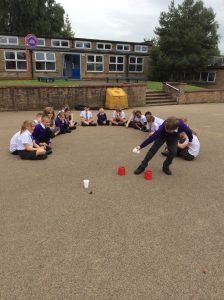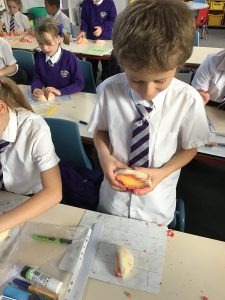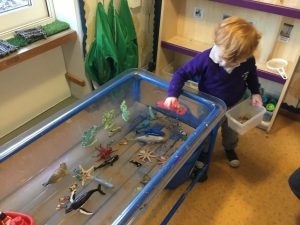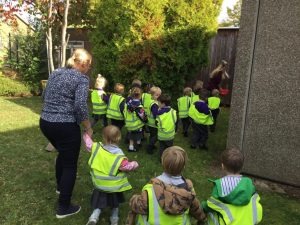Geography
At The Florence Nightingale Academy we are geographers!
Through our high-quality geography education, we help our children to develop a curiosity and fascination about the world and its people. We teach and engage our children through a range of lessons that inspire and captivate them. We do this through skills-based lessons, practical activities and exciting fieldwork.
We want our children to understand that the world is one community and that we all play an important and vital role. We aim for our children to love geography and for them to have no limits to what their aspirations and ambitions can be!
Geography in EYFS
In EYFS, children study geography through the ‘Understanding the World’ strand of their curriculum. Children begin their geographical journey by learning about themselves and their immediate environment. Following this, children then begin to explore their local area by looking at the geography of our school and community, exploring the environment, looking at natural and human land use and talking about people who can help us in our community. Children explore their environment through continuous provision, fieldwork and adult guided activities.
Geography in KS1
In KS1, Children develop their geographical knowledge by learning all about the features of our school and the local area. Children then make connections between our local area and contrasting areas in the United Kingdom, identifying similarities and differences. In KS1, children also begin to explore the features of the wider world. The geographical knowledge learnt in this key stage is broken down into the following 4 strands.
- Locational Knowledge - Learn the names and characteristics of the 7 continents, 5 oceans and the 4 countries that make up the United Kingdom.
- Place Knowledge - Learn about the geography of the United Kingdom and make comparisons between where we live and other places in the world.
- Human and Physical Geography - Identify seasonal and weather patterns in the United Kingdom and how these compare to other locations around the world. Understand where the North/South Poles and the Equator are and how these are linked to cold and hot areas of the world.
- Geographical Skills and Fieldwork - Use world maps, atlases and globes to identify areas of the world. Use simple compass directions to describe the location of places. Use aerial photographs and plan perspectives to recognise landmarks and create a simple map to show these. Use simple fieldwork and geographical skills to learn about the geography of our school and local area.
Geography in KS2
In KS2, children continue to learn about the United Kingdom and deepen their understanding of the key human and physical features of our country. Children then use their geographical skills and knowledge to identify similarities and differences between where we live and other areas of the world, particularly in Europe and North/South America. The geographical knowledge learnt in this key stage is broken down into the following 4 strands.
- Locational Knowledge - Locate the countries of the world, focussing on Europe, North and South America. Name and locate places within the United Kingdom and their physical and human characteristics of these areas. Understand and identify key geographical terms such as: longitude, latitude, the Equator, Northern and Southern hemispheres, tropics of cancer and Capricorn, artic and Antarctic circle and time zones.
- Place Knowledge - Learn about the geography of the United Kingdom and make comparisons between where we live and other places in the world.
- Human and Physical Geography - Describe aspects of physical geography such as rivers, volcanoes, mountains and climate zones and aspects of human geography such as types of land use, economic activity and the distribution of natural resources.
- Geographical Skills and Fieldwork - Use maps, atlases, globes and digital computer mapping to identify and locate areas of the world. Use the eight points of a compass to develop knowledge of the United Kingdom and the wider world. Use fieldwork to find out more about human and physical features in the local area.
Please see the link for the National Curriculum for Geography - National Curriculum in Geography.



